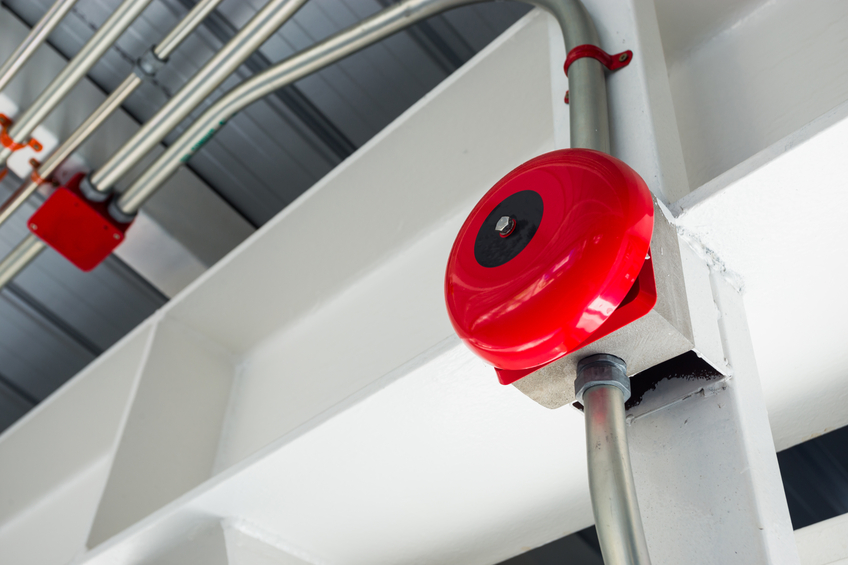Yesterday we looked at some of the problems that the Occupational Safety and Health Administration (OSHA) identified during the inspection of a United States Postal Service (USPS) facility in St. Louis, where a minor fire could have turned major after workers went through five fire extinguishers before they located one that worked. As is often the case, where there was one problem, OSHA found other, related problems as well—issuing four citations and proposing more than $87,000 in fines.
 |
Here are the remaining problems OSHA found with fire preparedness at the USPS St. Louis vehicle maintenance hub. Are you on top of these?
Fire Alarm System Maintenance
OSHA discovered that the employee fire alarm system at the USPS facility had been malfunctioning for a period of 3–4 months, resulting in false alarms—which, essentially, train workers to ignore fire alarms. That’s why OSHA requires employers to ensure that employee alarm systems are maintained in operating condition, except when undergoing repairs or maintenance.
OSHA recommends that employers:
- Test the reliability and adequacy of nonsupervised employee alarm systems every 2 months. Use a different actuation device in each test of a multi-actuation device system.
- Maintain or replace power supplies as often as necessary to ensure a fully operational condition.
- Provide a back-up means of alarm when systems are out of service, such as employee runners or telephones.
- Use properly trained persons to service, maintain, and test employee alarms.
- Do a visual check to ensure that employee alarm devices are not obstructed/installed in a manner that would prevent sound or light from reaching or entering the protected areas.
- Restore all employee alarm systems to normal operating condition as soon as possible after each test or alarm. Spare alarm devices and components must be readily available in sufficient quantities and locations for prompt restoration of the system.
Monthly Inspection of Fire Extinguishers and Associated Equipment
Fire extinguishers and associated equipment such as hoses must be visually inspected monthly to ensure that they are in proper working order. The USPS facility was cited for failing to do this.
Additional OSHA requirements for equipment inspection include:
- Annual maintenance checks for all fire extinguishers.
- Provision of alternative equivalent protection whenever a fire extinguisher is removed from service for maintenance.
- When hydrostatic testing is performed, it must be done by trained personnel with suitable testing equipment. Records of hydrostatic testing must include the date of the test, the signature of the person who performed the test, and the serial number of the extinguisher.
- Perform an annual maintenance check on portable fire extinguishers. Stored pressure extinguishers do not require an internal examination. Record the annual maintenance date and retain this record for 1 year after the last entry or the life of the shell, whichever is less.
- Empty and maintain dry chemical extinguishers (that require a 12-year hydrostatic test) every 6 years. Dry chemical extinguishers that have nonrefillable disposable containers are exempt from this requirement. When recharging or hydrostatic testing is performed, the 6-year requirement begins from that date.
Need to light a fire safety program in your workplace? Safety.BLR.com® can help you fan that flame.
